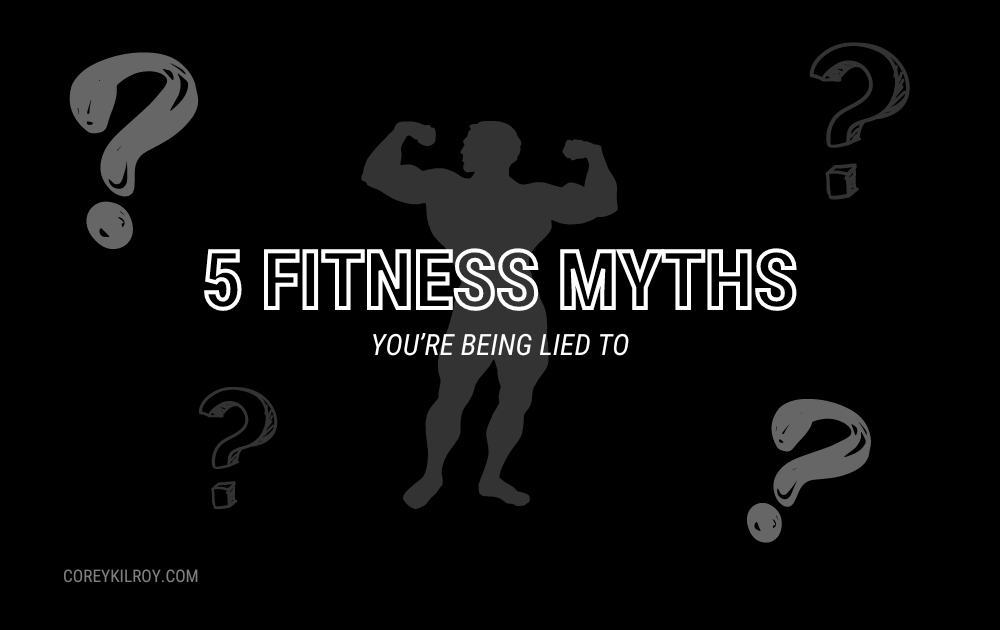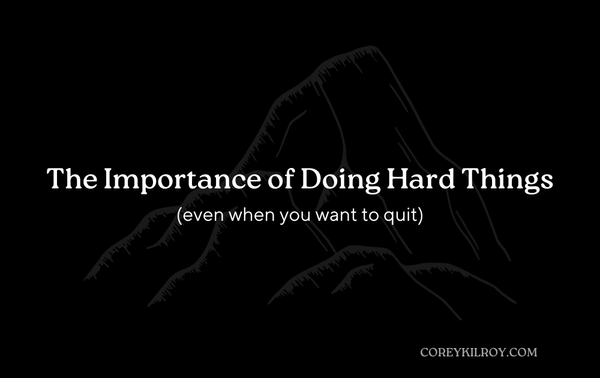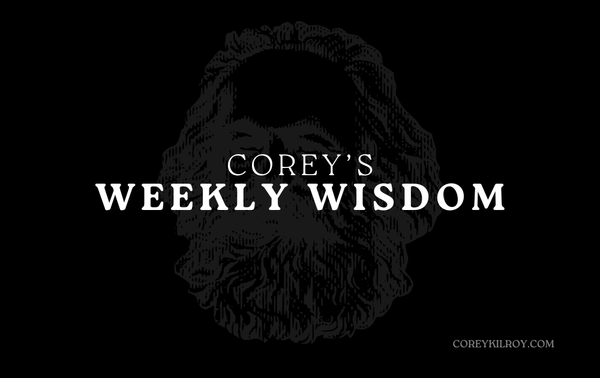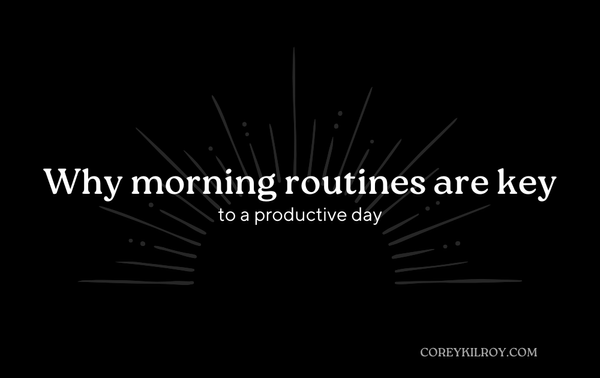Top 5 Myths About Fitness & Why They're Wrong.

The world of fitness is increasing in popularity by the day, especially amid social media and fitness content booming all around the internet.
This is such a great thing, not only for the fitness industry but because individuals are starting to take control of their own well-being.
We only get one body in this lifetime, we may as well live it with the greatest functionality possible.
Although the popularity of fitness is great and booming, false information is spreading just as readily.
From the gym floor to friends and family, it seems everyone has a fitness myth dressed up as ‘helpful advice.’
Because of this, it creates confusion for the people who are trying to better their lives, merely because of the plethora of conflicting information put out into the world.
Here are 5 fitness myths you shouldn’t listen to and why.
Myth 1. If you're not sore after a workout, you didn't work hard enough
This is one of the most dangerous myths out there.
We’ve all heard the famous saying, “no pain, no gain!”, and while there’s some truth to that, it shouldn’t be taken literally every single time.
The truth:
While some pain and soreness, also known as Delayed Onset Muscle Soreness (DOMS), is normal, it can actually be a sign that you may be overdoing it as well.
Repeatedly doing more than your body can handle isn’t healthy and can potentially lead to serious injury down the line.
This is because your body needs time to recover and build, but if you’re beating yourself up every single day, then there’ll be no time for your body to recoup.
This all comes down to proper periodization and calculated stress.
I talk about this in my essay about the General Adaptation Syndrome.
This is why you should always utilize professional guidance from a trainer because they (hopefully) have the knowledge to program a routine that utilizes proper stress management and recovery.
I go in-depth about training intensity here.
You can still build muscle, lose weight, and increase your performance without feeling like you’ve gotten hit by a bus after every gym session.
Note: You will likely feel more sore after working out as a beginner, and that will slowly decrease as you get stronger and gain more resilience. Rather than focusing on muscle aches as a measure of your workout progress, focus on whether it made you feel fitter, stronger, and happier.
Myth 2. Cardio is better than strength training for weight loss
This couldn’t be any further from the truth.
Yes, cardio is extremely important for cardiovascular health and plays a role in weight loss, however, it is not the end all be all for weight loss.
The truth:
Building muscle raises your base metabolic rate (BMR), which means you burn more calories even when you’re at rest.
In short, more muscle means more effective calorie burning, which reduces visceral body fat effectively.
Additionally, strength training has a whole host of benefits that you don’t get with aerobic exercise.
These include improvements in,
- bone mineral density
- lean muscle mass, and
- improved muscle quality.
It’s important to remember that muscle has a much greater density than fat, so if you are trying to change how your body looks aesthetically, then try not to focus too much on the number on the scale but rather on your overall body composition, how your clothes fit, and how you feel.
Myth 3. You need to lift heavy weights to build muscle.
This statement is very tricky.
Yes, you need to lift weight to a point where your muscles are actually eliciting slight damage in order to repair and recover stronger.
However, that does not mean “the heavier, the better”.
The truth:
According to studies, lifting heavier weights isn’t always the most effective way to make gains.
Doing 30 reps of one weight can be just as effective as lifting 5 reps with a much heavier weight, it’s a matter of approaching failure within that set, but not overdoing it.
Get it?
To put it simply, it all comes down to training intensity and progressive overload when it comes to making gains in the gym.
Progressive overload is simply increasing the volume or intensity of the weight you are lifting, gradually over time.
The most effective methods to progressively overload include:
- Increasing the reps
- Increasing the weight
- Increasing the number of sets
- Decreasing rest time
- Increasing frequency of workouts
- Increasing mechanical muscle tension (slowing down your reps)
- Etc.
Myth 4. If you don’t work out, then your muscles will turn to fat
This is probably my least favorite myth of all time.
I’ve heard it too many times, “Ugh I missed the gym 3 times last week, I’m gonna get fat”, or “I can’t skip the gym today, I can feel myself getting fatter”...
This is a very common misconception that’s believed all around the world.
The truth:
While a hiatus in training can result in weight increase or muscle atrophy, this does not imply that the two are linked in any way, shape, or form.
Muscles and fat storage are, in fact, two completely different tissues.
The number on your scale is almost guaranteed to fluctuate by 5-6 pounds day by day and this is simply because of various factors that work together, such as your diet, sleep, recovery, and of course exercise.
If you’re concerned about losing muscle mass and gaining fat, try lowering your calories and increasing protein intake.
So yes, if you stop training for months on end, then you may have some negative consequences, but a couple of missed days here and there are not detrimental to your gains.
Just get back to your routine and remain consistent. Always about the long-term results over the short term.
Myth 5. As long as you exercise, you can eat whatever junk you want.
Ooouu this one grinds my gears…
The truth:
No matter how many calories you burn, or how often you exercise, consuming junk food will always have it’s negative consequences.
Yes, if you simply eat in a caloric deficit then you’ll lose weight, however, this does not take into account your performance or overall health.
You are what you eat. You may have heard those five words before?
And it’s absolutely true.
Lebron James has been in the NBA, playing at a competitive level for over 20 years now and you don’t think he eats Twinkies before every game, do you?
It’s no coincidence that he’s lasted so long in the league and it’s because of how he prioritizes his body.
Lebron spends about $1.5 million on his body every single year, focusing on training, but most importantly what he’s eating.
You perform and feel better when you eat whole foods compared to the lethargy and sluggishness you feel after eating processed foods.
No matter how much or how hard you work out, the food you consume can still affect you.
It’s much easier to eat 1,000 calories than it is to burn 1,000 calories.
You cannot outwork your diet.
In the end…
There are much more than these 5 fitness myths in the world, but this is a great place to start.
If you’re brand new to training or a seasoned athlete, whatever you hear online or see in person should always be taken with a grain of salt.
Do your own research, experiment, and find out what works best for you.
Because at the end of the day, that’s all that matters.
Your health is priority number one and this will trickle down and positively impact the other factors in your life down the road.
Be well and Keep Pluggin.
-C.



